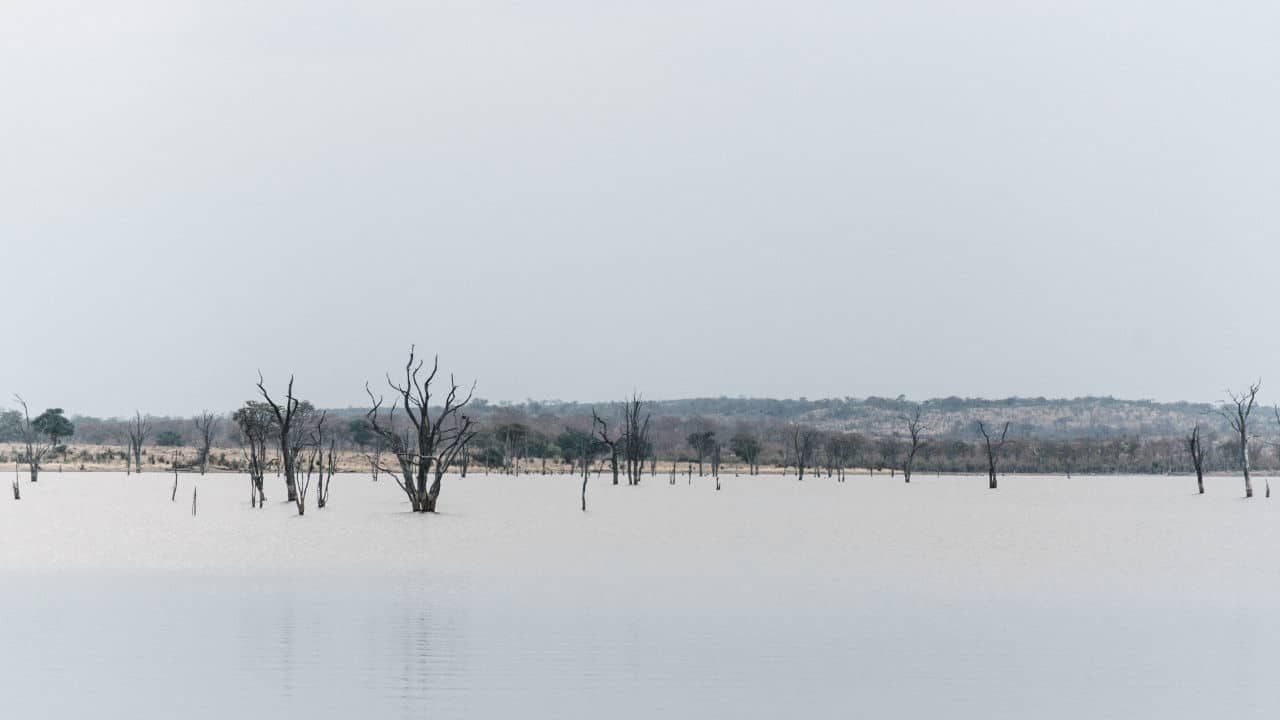Floods frequently result in irreversible harm and suffering. It is one of the most frequent and pervasive types of severe weather in nature. The damage is more severe in areas where infrastructure systems, such as drainage and flood protection, aren’t in place. Flood damage animation could be a game-changer in pointing out damages and proving liability.
Every time flooding occurs, there is a chance for fatalities, human suffering, and significant property destruction. This is so because flooding has the power to swamp people, cars, homes, and even bridges. Crops are also destroyed, and flooding and other significant land structures may be uprooted.
According to the World Bank, 1.47 billion people worldwide are estimated to be at risk of intense floods. More than a third of them, or almost 600 million, are poor.
In the United States, over $3 billion in property and crop damage were caused by floods in 2021. More than double the $1 billion in damage that occurred the year before.
While some floods emerge suddenly and recede fast, others form and reduce over several days or months.
Proving Liability Using Flood Damage Animation.
Flood damage can be a very upsetting experience for homeowners. You risk losing stability and comfort as you have to leave your home.
When you return to your home, the roof, windows, and the building itself might have sustained significant damage.
Frequently, hundreds of gallons of water from storm surges or ruptured water mains can flood your property, wiping out everything in its path. Determining liability is very important in a case such as this. The aftermath of a flood should not be borne alone if there is a liable party.
Natural disasters and accidents may seem inevitable or like an act of God. However, that does not imply that all accident-related injuries are unavoidable or that someone is not responsible.
There will be a liability for flooding between neighbors if the defendant’s use of the land is considered a ‘non-natural use.’ However, determining the liability and compensation for your injuries can be challenging and complicated.
Flood damage animation can be used to demonstrate how different results would be if the essential safety measures were taken. Hence, making your case easier to win.

Demonstrating Flood Insurance Coverage
You are purchasing security for yourself and your loved ones when you purchase an insurance policy. Therefore, you naturally expect your insurance company to act in good faith and assist you in returning to normal when anything unexpected, such as a flood, occurs. You purchase insurance for that reason, right?
Unfortunately, some companies may act in bad faith and reject legitimate claims more frequently than you think.
Bad faith extends beyond a straightforward disagreement between the insurance provider and the policyholder. It is willful misinformation, trickery, or unreasonable delays on the part of the insurance. By submitting an insurance bad faith claim, policyholders can attempt to hold the insurer responsible and obtain the compensation they are due.
Let’s consider the case of Dickerson v. Lexington Insurance Company. In this case, following Hurricane Katrina, the claimant filed a lawsuit against the insurance provider for failing to timely pay his homeowner’s policy claim.
The district court held that the insurance company violated Louisiana statutes in bad faith. It awarded the claimants $175,467 in damages, penalties, and lawyers’ fees and costs following a one-day bench trial.
For cases such as this, a demonstrative exhibit like flood damage animation would help the jury understand the damage caused to you and why the insurance company shouldn’t act in bad faith.
Flood damage animation can go further to explain flood insurance coverage as advised by the attorney on the case.

Can Property Owners Seek Compensation From The Body Or Authority At Fault For Flood Damage?
Flooding after a storm is a horrible situation. Although a natural disaster, when the waters recede, there are essential questions about how we, as a society, should deal with flooding and who should ultimately be held responsible for the havoc caused.
In some circumstances, pursuing compensation for losses brought on by floods could be feasible. There may be grounds for suing the party responsible if the flood should and could have been avoided. It is advisable to get assistance from a qualified flood claim solicitor with experience in this type of litigation because these claims can be complicated.
If the water was caused by recent road work, your municipal government might be liable, but suing the town for damages might be difficult legally.
The government usually has immunity from liability during a natural disaster such as a flood. However, under the Illinois Constitution, a temporary flood that affects a person’s residence could constitute a compensable taking.
When a homeowner is deprived of the use of their home, this sort of taking enables the government to provide appropriate compensation.
In Hampton v. Metropolitan Water Reclamation Dist. Of Greater Chicago, the plaintiffs were landowners who filed a lawsuit against the defendant. They filed a suit claiming wrongful taking and property loss due to flooding.
According to the plaintiffs, the defendant diverted stormwater into local creeks, flooding their property. Plaintiffs argued that the flooding amounted to a taking because it necessitated appropriate compensation and was a direct outcome of the defendant’s actions.
For such a case, flood damage animation can be used. It can show your home before the loss, the external and internal damage to your house, and how the authorities’ actions led to the damage.
Conclusion
Flooding has recently become a significant concern for residential and commercial property owners. Planners, developers, and municipal governments aren’t left out of the headache that comes with flooding incidents.
However, because a flood is mainly considered a natural disaster, proving liability may seem complicated and complex.
A flood damage animation can come in handy here. At Fox-AE, our forensic animators are aware of the complexity of cases like these. Hence, we work with your experts on the case to ensure we correctly visualize their opinions. We can illustrate the actions of others causing more damage from the flood. The severity of damage can be clearly highlighted, simplifying the complexity of your argument for your audience by breaking them down into easily digestible visuals.





